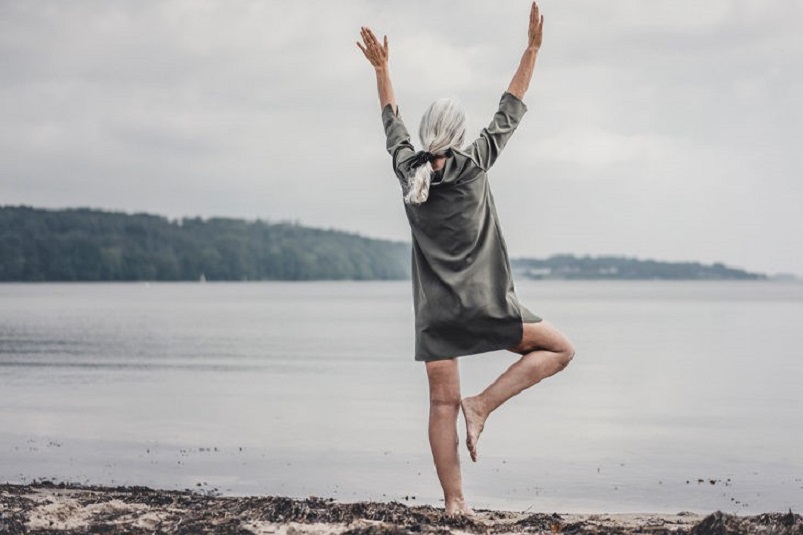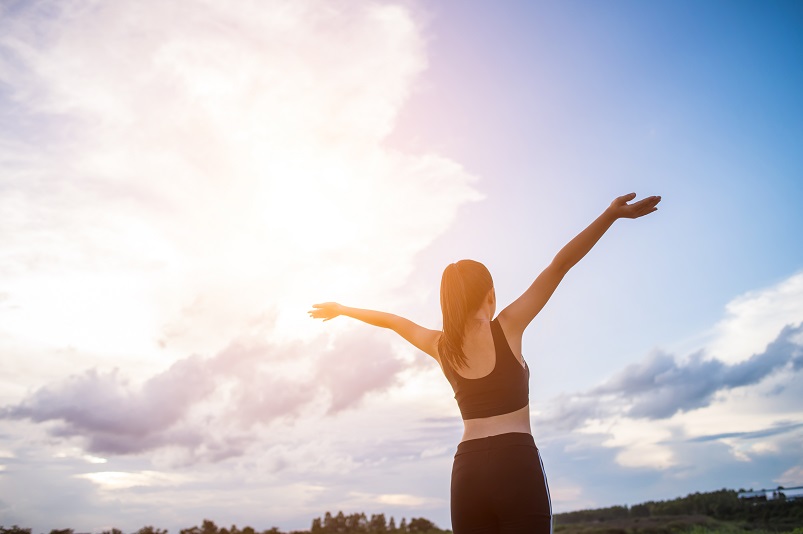After ankle injuries, it is important to prevent the ankle from giving way again during weight-bearing activity, such as running, walking, or even standing. Chronic ankle instability, is often caused by inadequate healing or rehabilitation after a sprain, and can result in further more traumatic sprains, arthritis, or even tendon problems.
After injury, in addition to the usual range of motion, flexibility, and strengthening exercises, rehabilitation should include exercises aimed at training (or retraining) the body’s sense of its position in space — in particular, the awareness of limb and joint movement and orientation spatially.
This largely unconscious capacity — the medical term for it is “proprioception” — is what allows us, for example, to walk in the dark without losing our balance or to distinguish the brake from the accelerator without looking at our feet. Ageing and injury to muscles and ligaments can reduce our proprioceptive senses.
Though it might not cross your mind, you need good balance to do just about everything, including walking, getting out of a chair, and leaning over to tie your shoes. Strong muscles and being able to keep yourself steady make all the difference in those and many other things you do every day.
Balance training involves doing exercises that strengthen the muscles that help keep you upright, including your legs and core. These kinds of exercises can improve stability and help prevent falls.
STAYING ON OUR FEETBalance relies upon coordinated input from several of our body’s systems, including:
Visual system. To get an idea of how important vision can be for balance, see if you can stand on one leg with your eyes closed for 30 seconds. (If your performance is wobbly, don’t worry; balance training can help stabilise it.) Our eyes also help us adjust our body’s position, so we can steer around obstacles in our path.
Vestibular system. If you’ve ever suffered from vertigo, you know about balance problems caused by inner ear trouble. Nerve receptors in the semicircular canals, the utricle, and the saccule — parts of the inner ear — are sensitive to movements of the head and relay its position to the brain.
Proprioception. Receptors called proprioceptors in the skin, joints, ligaments, tendons, and muscles receive stimuli (for example, pressure on the bottoms of the feet) indicating the position, orientation, and movement of the body, and convey information to the brain, which uses it to create a constantly changing map of your position. When you lift your right leg, for example, the map is revised, and you maintain your balance by unconsciously shifting your weight to your left leg.
You need sensory input, central processing (motor control), and muscle power to maintain stability during both purposeful movements, such as lifting the foot off the ground during an exercise routine, and reflexive ones, such as recovery from a sudden stumble. Injury, illness, neurological disorders, medications, and advancing age can affect all the systems involved in balance.
WE ALL WILL BENEFIT FROM IMPROVING OUR BALANCE, INJURY OR NOT:The National Institute on Ageing, recognises the importance of good balance for preventing falls especially among older people and for those with conditions such as Parkinson’s disease, arthritis, and MS.
Balance training and Tai Chi
Healthy older people can reduce the risk of falls with tai chi, an ancient Chinese martial art that incorporates slow turning movements, weight shifts, and deep breathing.
Older adults benefit even more, from combined balance and step training (CBST) — exercises designed to improve balance and speed while stepping in different directions. The CBST routine includes walking backward and sideways, walking on a plank, stepping on and off curbs, practicing heel and toe rises, and catching a ball while standing on an unstable surface.

EVERY DAY SPEND A FEW MINUTES DOING SOME OF THESE EXERCISES:
Stand on one leg on a hard surface for 30 seconds. When you can do this without needing to reach out for support or touching the door frame or table, progress to…
Stand on one leg for 30 seconds, then on the other, with your eyes closed — again, don’t hold onto anything. After you’ve accomplished that, progress further to…

Place an old foam pillow on the floor. (Foam is better than feathers because foam has some spring to it.) Stand on the pillow on one leg for 30 seconds; switch legs and repeat. Then do the same exercises with your eyes closed.

Do the above pillow exercise on tiptoe. Stand on one leg, then on the other, for 30 seconds — first with your eyes open, then with them closed.
Putting your heel right in front of your toe, and walk in a straight line, like walking a tightrope

Standing up and sitting down from a chair without using your hands, with 2 legs on floor, then progress to one leg only to stand






You must be logged in to post a comment.